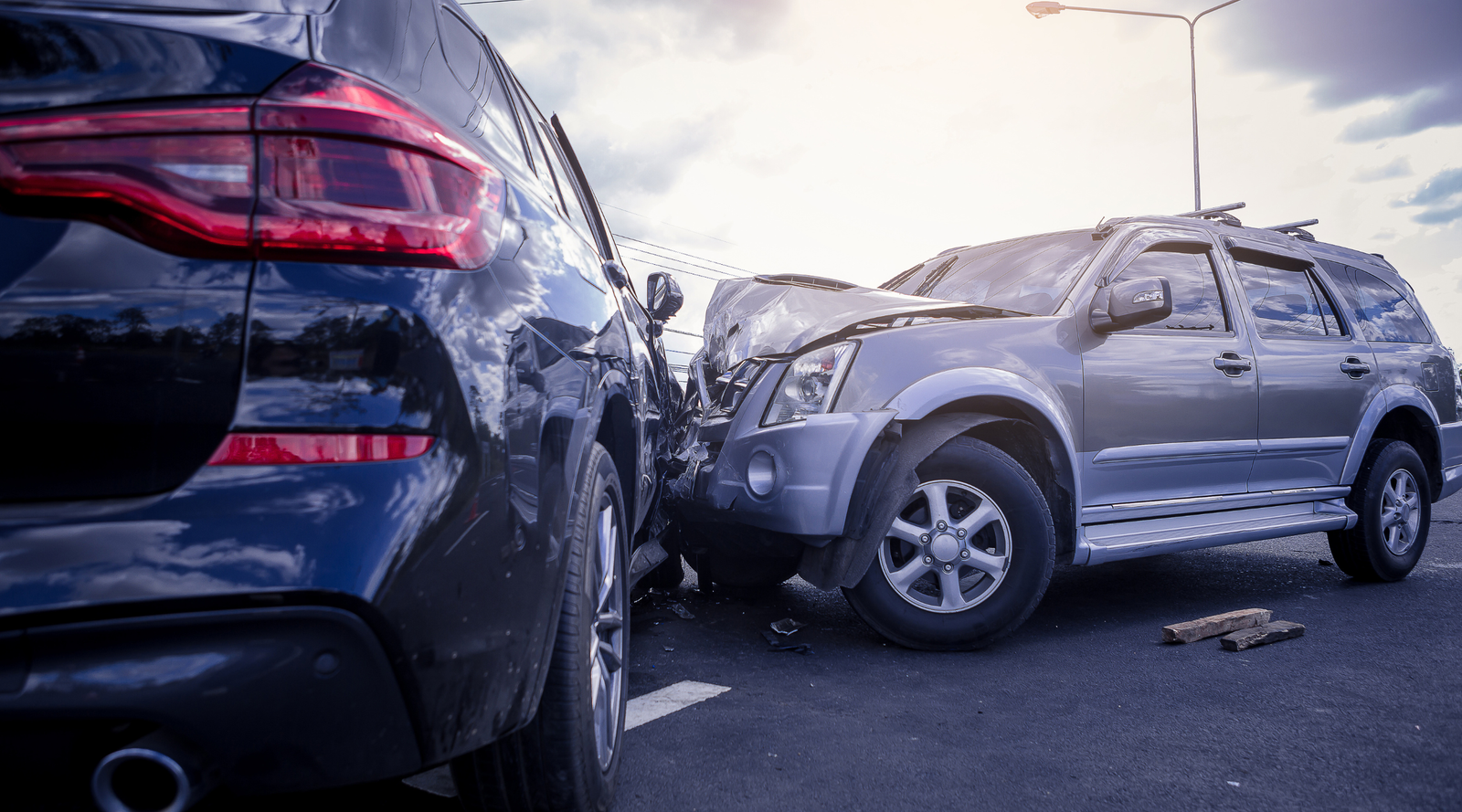Broadside collisions, often referred to as T-bone accidents, are among the most dangerous and potentially lethal types of vehicular accidents. These occur when the front of one vehicle crashes into the side of another, forming a “T” shape upon impact. At Gieg & Jancula, we are acutely aware of the devastating consequences these collisions can have on victims and their families. In this blog post, we aim to shed light on where these broadside collisions most commonly occur, particularly in Altoona, PA, and why these locations are hotspots for such accidents.
The Nature of Broadside Collisions
Before we explore the specific locations where broadside collisions are most frequent, it’s essential to understand why these accidents are so hazardous. The side of a vehicle offers considerably less protection compared to the front or rear, leaving passengers vulnerable to severe injuries. These can include traumatic brain injuries, spinal cord damage, internal injuries, and even fatalities.
Locations Prone to Broadside Collisions
Understanding where broadside collisions are likely to occur can help drivers stay vigilant and potentially avoid these dangerous situations. Here are some of the most common locations:
1. Intersections
One of the most common sites for broadside collisions is intersections. Intersections can be chaotic, with vehicles crossing paths from multiple directions. The likelihood of a T-bone accident increases significantly when drivers fail to obey traffic signals or stop signs. In Altoona, intersections like those at 17th Street and 7th Avenue are particularly busy and should be navigated with extra caution.
2. Parking Lots
Parking lots, while slow-moving, are another hotspot for broadside collisions. The frequent stops and starts, coupled with limited visibility, can lead to accidents. Drivers may back out of parking spots into oncoming vehicles, causing side-impact collisions that can be surprisingly severe.
3. High-Speed Roads
Roadways that allow high speeds, such as highways and expressways, can also be prone to broadside collisions, especially at exits and on-ramps. A driver may misjudge the speed of an approaching vehicle, leading to a side-impact crash. The result is often devastating due to the high speeds involved.
4. Rural Roads
Rural areas, with their less regulated and poorly lit intersections, can also be common sites for broadside collisions. In Altoona, the rural roads leading to surrounding communities might pose a risk due to their uncontrolled intersections and limited visibility.
5. Residential Areas
In residential neighborhoods, children playing, pedestrians crossing, and cyclists sharing the road can all contribute to unexpected stops and starts, increasing the risk of broadside collisions. Although these typically occur at lower speeds, the lack of attention or failure to yield can still result in serious injuries.
Why Are These Locations Risky?
Several factors contribute to the increased risk of broadside collisions in these locations:
- Driver Inattention: Distracted driving is a leading cause of accidents at intersections and other risk-prone areas. Drivers may be looking at their phones, adjusting the radio, or simply not paying full attention to the road.
- Failure to Yield: Many broadside collisions occur because one driver fails to yield to another. This is especially common at intersections and roundabouts where the right of way can be confusing.
- Speeding: Excessive speed reduces a driver’s ability to react promptly to other vehicles, making it a significant factor in broadside collisions, particularly on high-speed roads.
- Poor Visibility: Poorly lit roads, obstructed views in parking lots, and inclement weather can all contribute to reduced visibility, increasing the chances of a side-impact collision.
- Impaired Driving: Unfortunately, driving under the influence of alcohol or drugs remains a critical factor in many broadside collisions, impairing judgment and reaction times.
How to Avoid Broadside Collisions
Understanding where broadside collisions commonly occur is only part of the solution. Here are some practical tips to help you avoid such accidents:
- Stay Alert: Always be attentive while driving, particularly at intersections and other known danger zones. Eliminate distractions by putting your phone away and focusing solely on the road.
- Obey Traffic Signals: Ensure that you follow all traffic signals and signs diligently. Coming to a complete stop at red lights and stop signs can prevent potential accidents.
- Reduce Speed: Always drive at a speed appropriate for the conditions and be prepared to slow down near intersections and crossings.
- Yield Properly: Make sure to yield to other vehicles when required, especially at intersections and roundabouts, to avoid conflicts that could lead to broadside collisions.
- Use Defensive Driving: Practice defensive driving by anticipating the actions of other drivers and maintaining a safe distance from other vehicles.
What to Do If You’re Involved in a Broadside Collision
If you find yourself involved in a broadside collision, here are the steps you should take:
- Ensure Safety: Check yourself and others for injuries and move to a safe location if possible.
- Call Emergency Services: Contact the police and medical services immediately, even if injuries seem minor.
- Document the Scene: Take photos of the scene, including vehicle positions, damage, and any relevant traffic signals or signs.
- Exchange Information: Gather contact and insurance information from the other driver(s) involved in the accident.
- Contact Gieg & Jancula: Our experienced personal injury attorneys in Altoona are here to help you receive the compensation you deserve. We will guide you through the legal process and advocate on your behalf.
Contact Gieg & Jancula Today For A Free Consultation
Broadside collisions can be life-altering events, but understanding where they commonly occur and how to avoid them can help reduce your risk. At Gieg & Jancula, we are committed to helping the Altoona community stay informed and safe on the road. If you or a loved one has been injured in a broadside collision, don’t hesitate to reach out for a consultation. Together, we can ensure that justice is served and your rights are protected.



